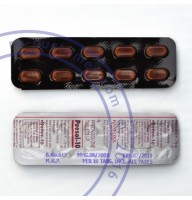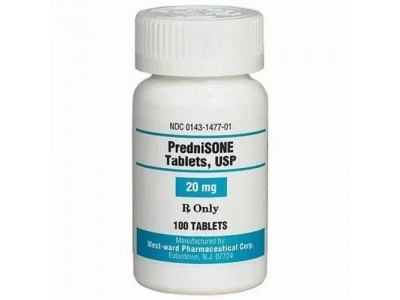Prednisone, a corticosteroid, can be effective in treating various forms of hives, including those that are non-allergic or non-viral. Hives, or urticaria, are characterized by red, itchy welts on the skin, which can result from a range of triggers such as stress, temperature changes, or underlying medical conditions.
Prednisone works by reducing inflammation and suppressing the immune system's response, which can help alleviate the symptoms of hives regardless of their cause. When other treatments, like antihistamines, are insufficient, a short course of prednisone may be prescribed to quickly control severe or persistent hives.
While prednisone can be very effective in providing relief, it is generally not a first-line treatment due to its potential side effects, especially with long-term use. These side effects can include weight gain, high blood pressure, mood swings, and increased risk of infections. Therefore, it is usually reserved for cases where hives are severe and not responding to other treatments.
It is important to use prednisone under the guidance of a healthcare provider, who can determine the appropriate dosage and duration of treatment to balance effectiveness with the risk of side effects. If hives are recurrent or chronic, further investigation to identify and address any underlying causes is often necessary. This may involve lifestyle changes, other medications, or specialist referral to ensure comprehensive management of the condition.

